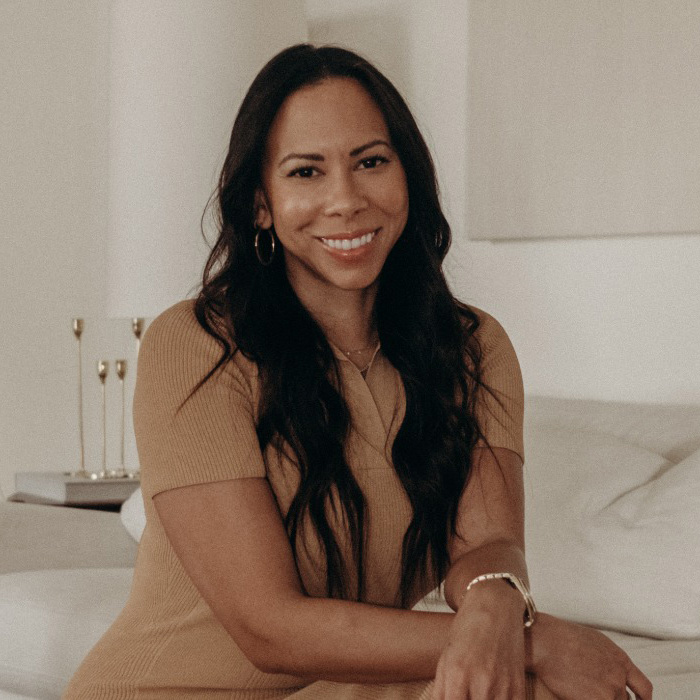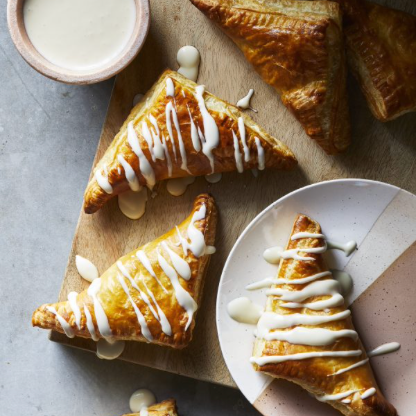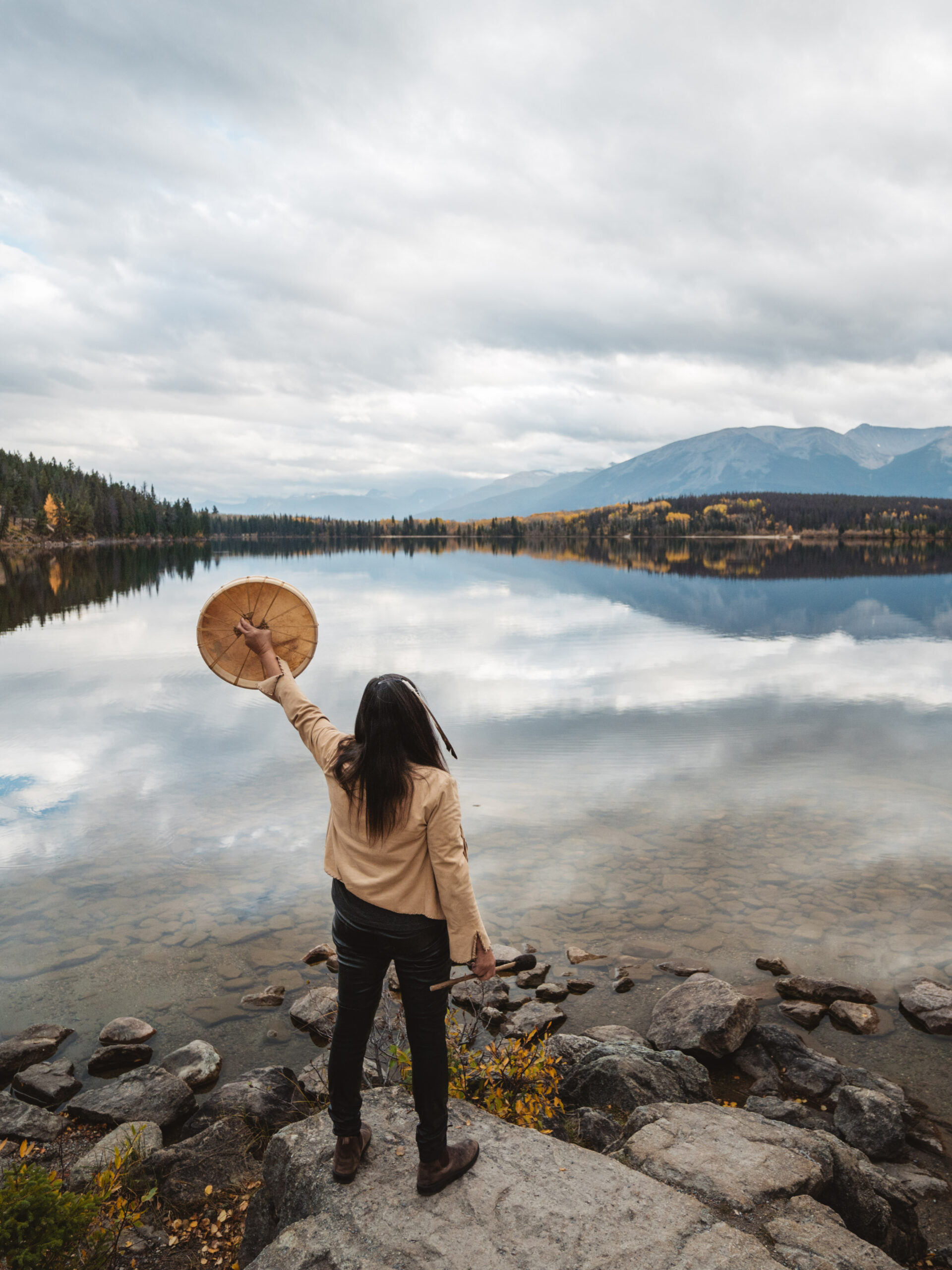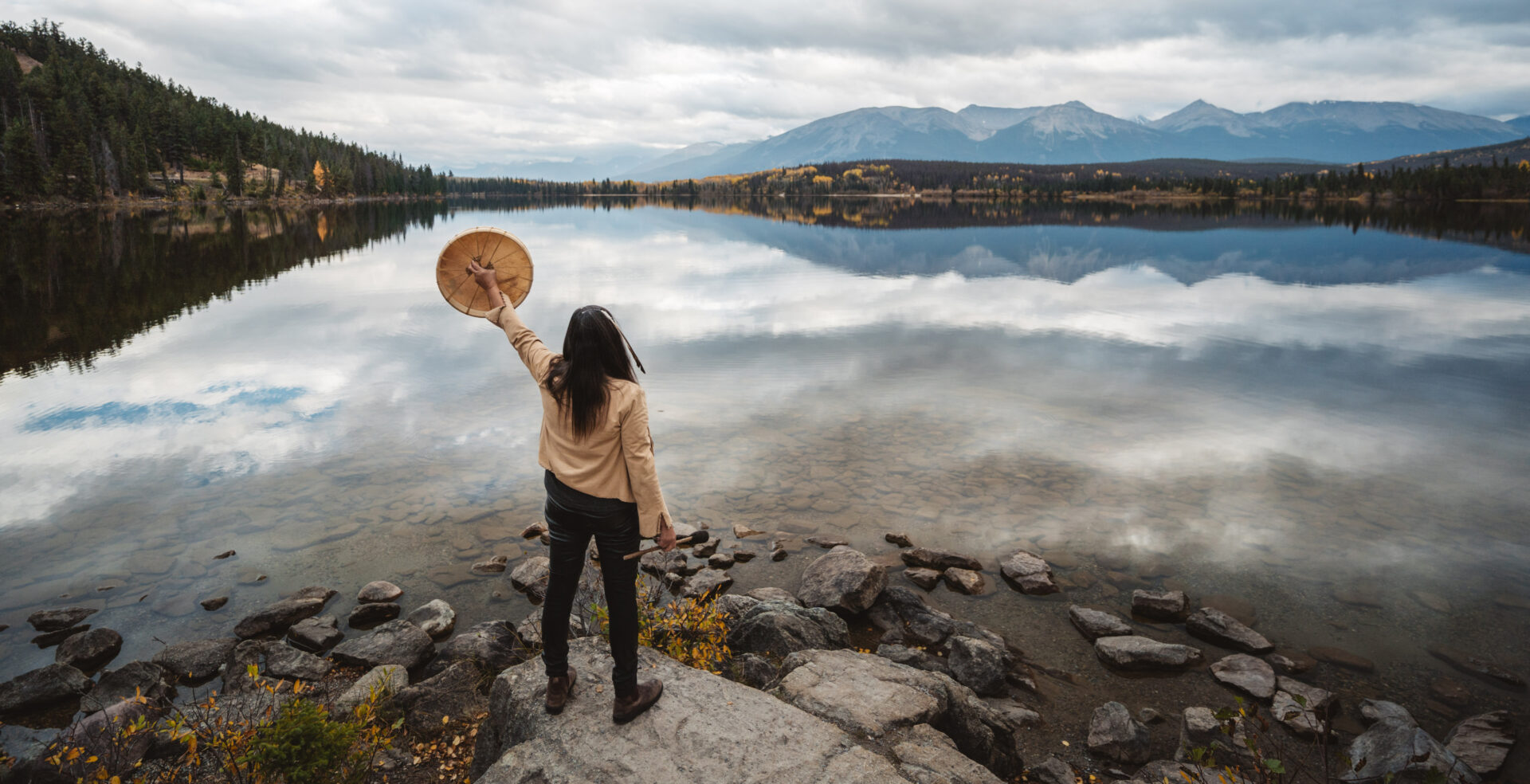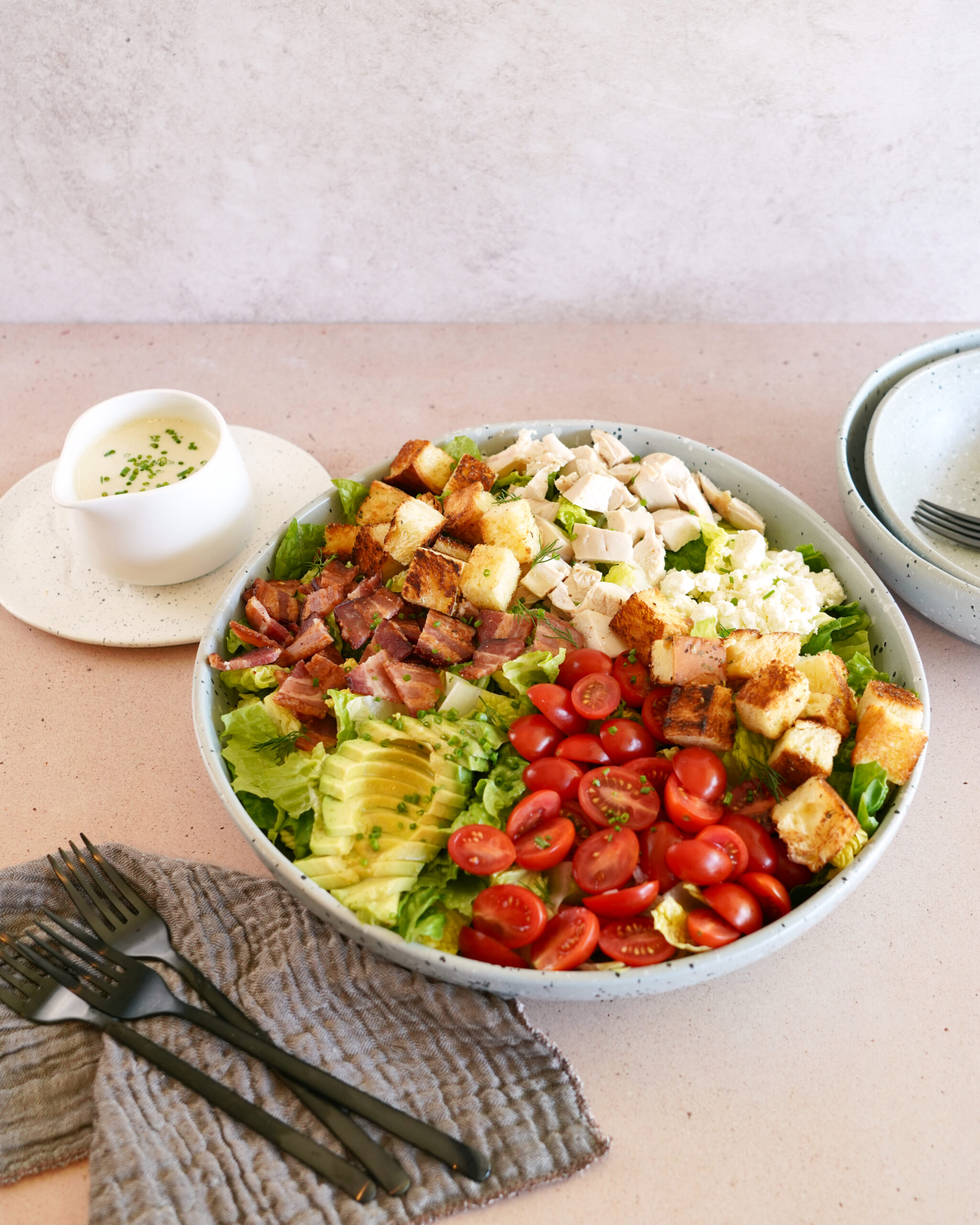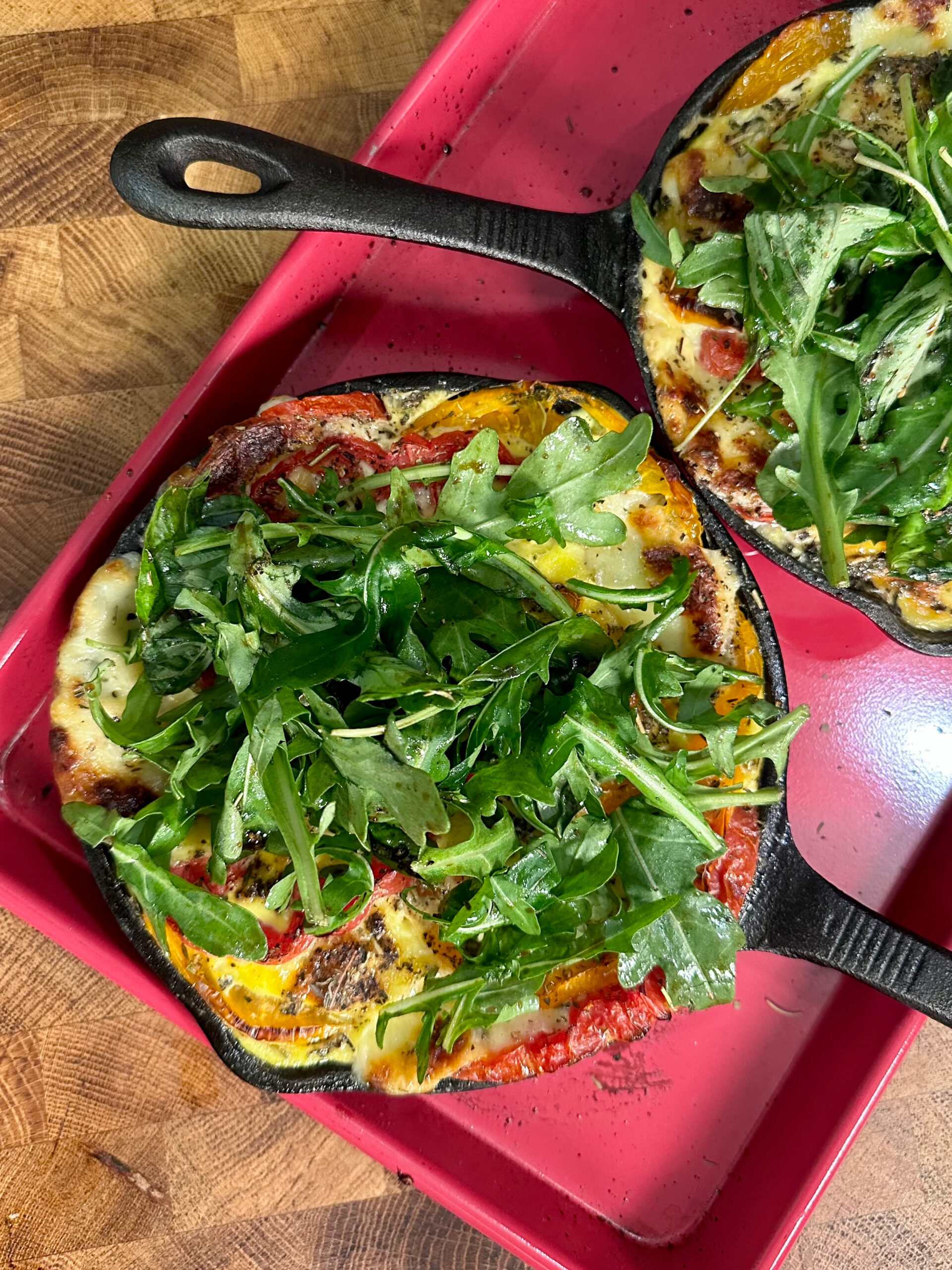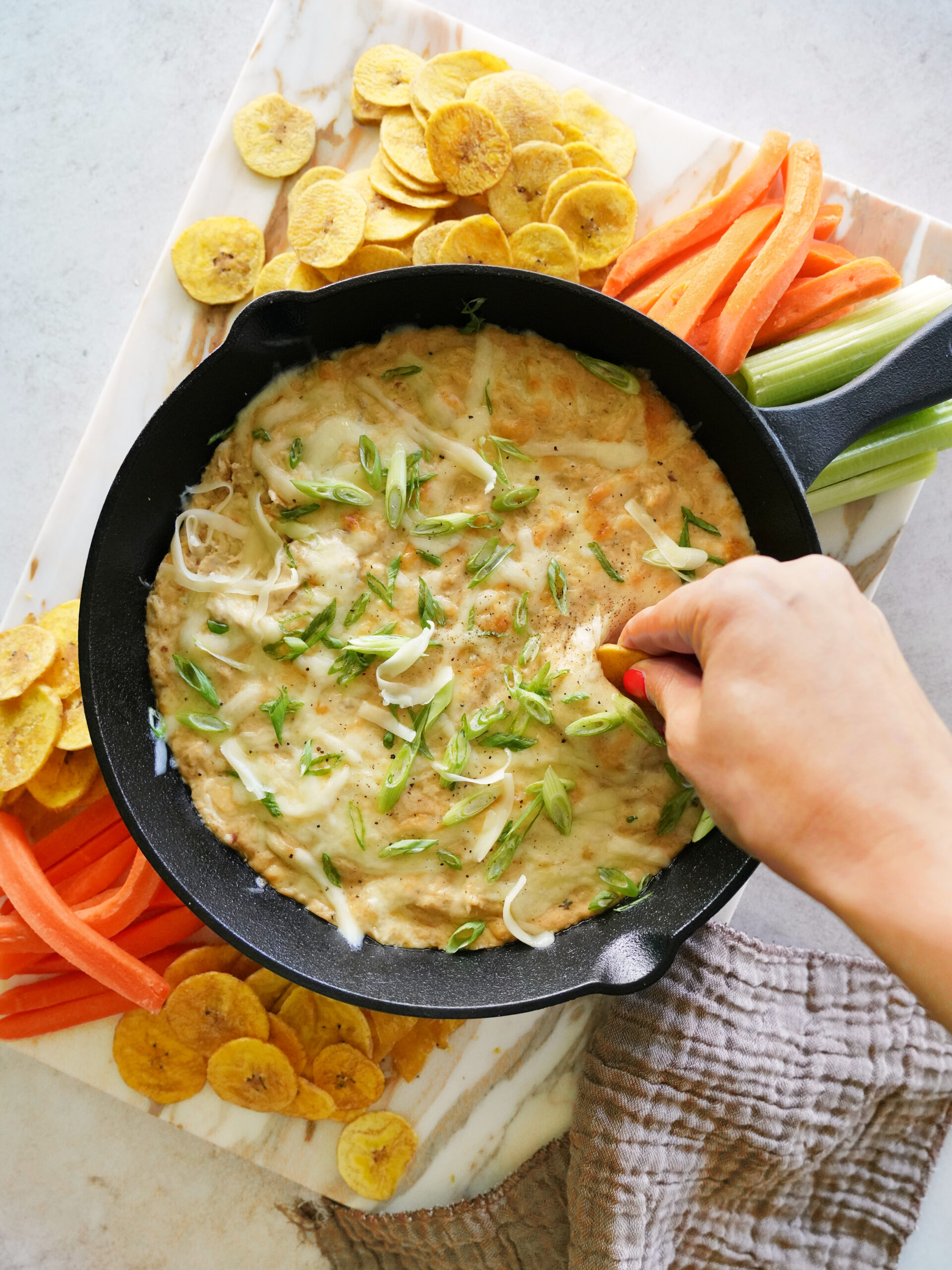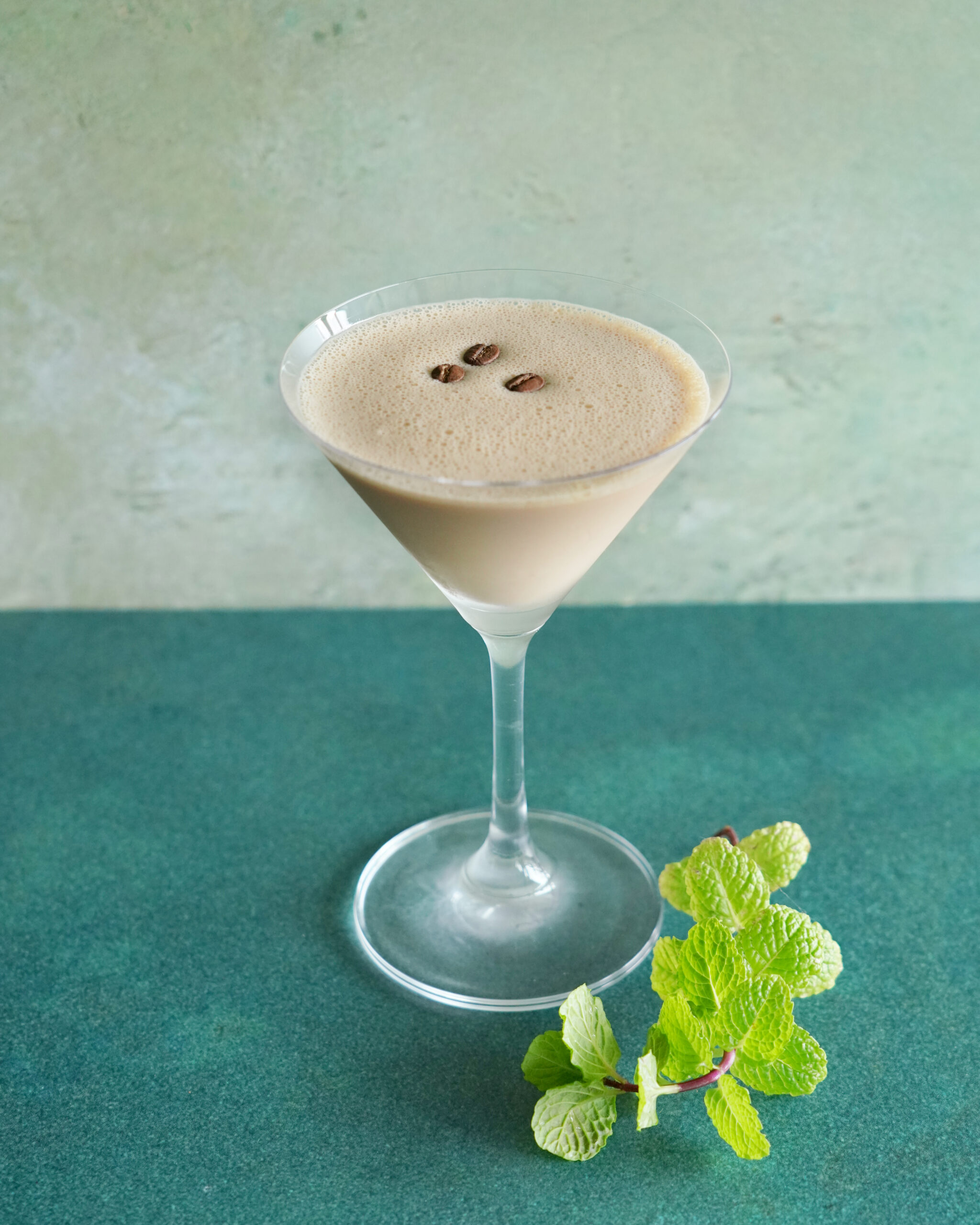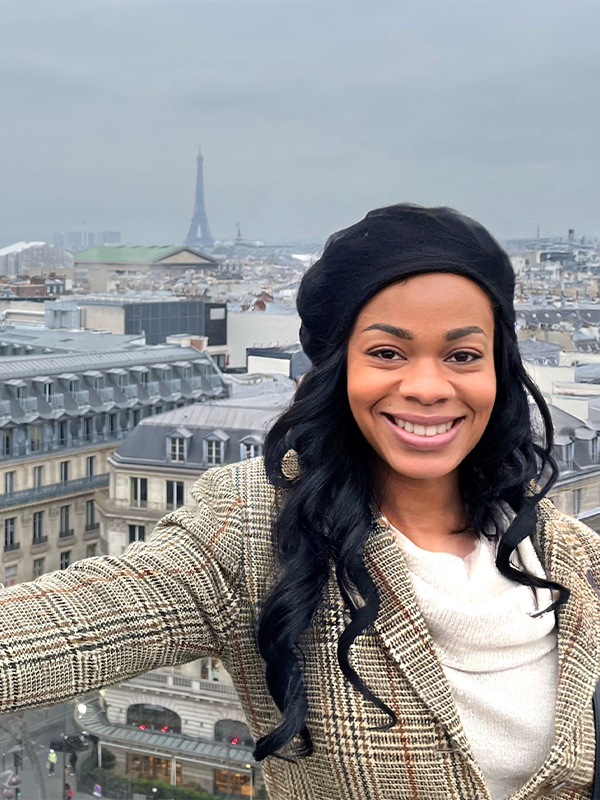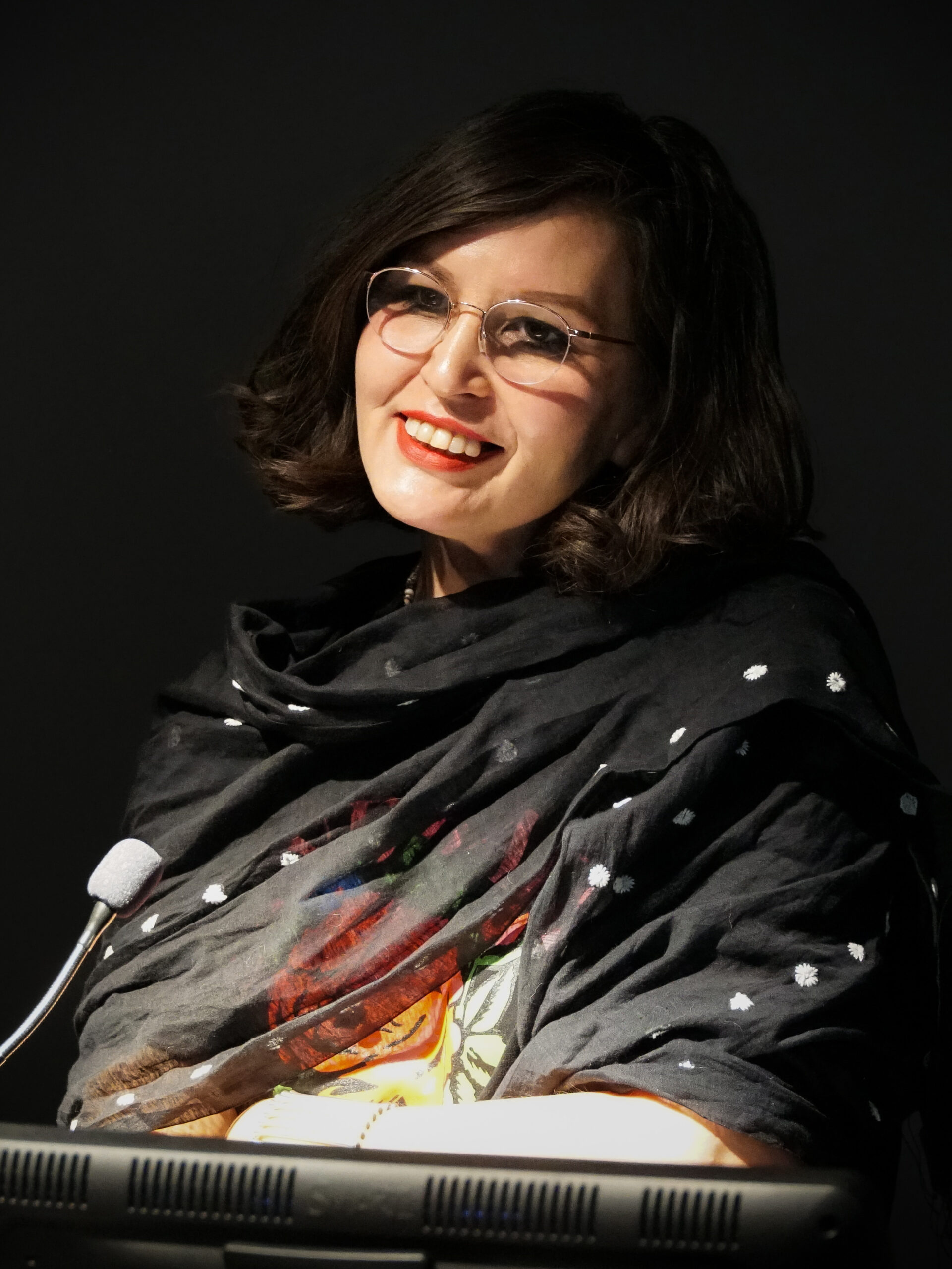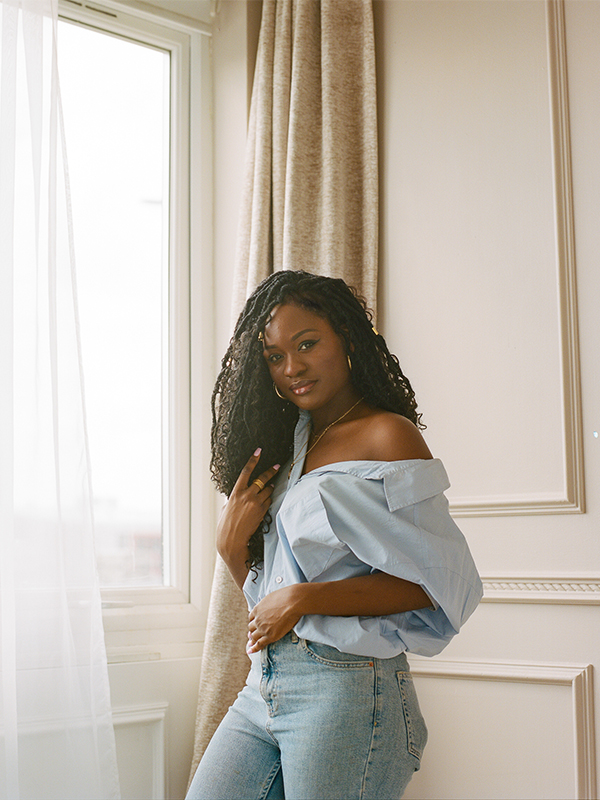It’s early Tuesday morning when Matricia Bauer pulls up to my cottage at the Bear Hill Lodge in Jasper, Alberta, as the sun rises above the Rocky Mountains. She’s come to guide me through a new experience—her Wapakwanis Plant Walk, where we’ll explore the food and medicine that this land offers from its flowers, shrubs and trees.
The walk is named Wapakwanis to reference “flower” in Cree, an Algonquian language spoken across southern Canada. In Jasper, the flora and fauna are carefully managed and preserved. “There’s this whole way of life that the world provides to us that’s really fun to share,” Bauer tells Sweet July.
The key to understanding the medicinal bounty of this land is in identifying the variety of microclimates across its three kinds of terrains: the theta region or the valley bottom, the subalpine region and the alpine region. Bauer, who is from the Sturgeon Lake Cree Nation, pointed out that the same plants can grow in all these areas, but at different rates. “A tree that’s in the Alpine region might only be four or five feet tall, but it might be 200 or 300 years old, because it might take that long to grow that big in that time of climate,” says Bauer. With its lakes and rivers, the valley bottom, she adds, is a rich source of medicinal plants, especially berries like rose hips, juniper berry, raspberry, blueberry, Saskatoon berry and strawberry.
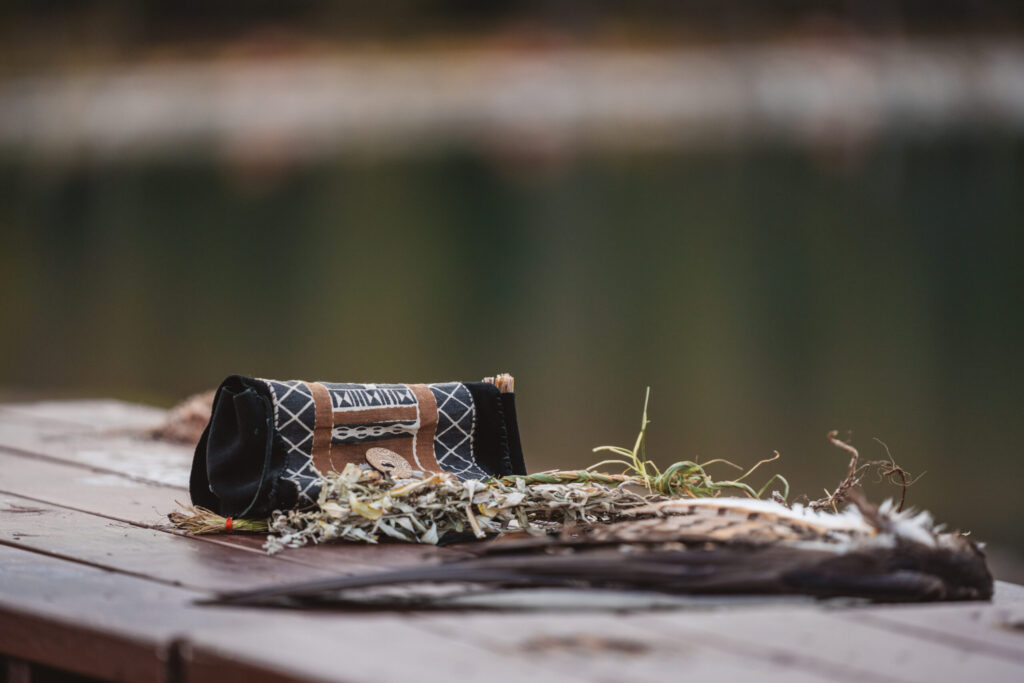
Our first stop was to a group of Douglas firs. Bauer showed me how to “shake the tree’s hand” by gently circling the branches in my hands and running over them gently, paying attention to how the needles felt and using that information to determine if it was a pine or a fir. Flat needles that rolled smoothly in my hands were fir, while more prickly needles were pines or spruces. “All these trees have medicinal value,” says Bauer, gazing at a gorgeous, tall Douglas fir. “We make beautiful things out of these trees, like cedar baskets and birch baskets. You can even make cedar jewelry. Indigenous women bead on birch bark and make beautiful earrings out of it.”
As a drummer and a singer, as well as a Cree language speaker and teacher, she came to Jasper to work in the tourism industry and also pursued a certification that earned her herbologist and tea sommelier titles. These experiences helped inspire her to start the plant walk. So did her travels to the Caribbean and Africa—she was intrigued by how people used spices from the land for disease, hygiene, and spiritual practice, and she drew parallels to North American Indigenous cultures.
The true impetus for the life’s work, though, was an early journey marked with tragedy. When she was five years old, her mother died by suicide, leaving Bauer and her seven siblings in the care of Social Services. “[One of my brothers and I] got adopted into a really great family. We were very fortunate. But they weren’t an Indigenous family. So there was this sense of always knowing that I was a little different because I was Indigenous. It wasn’t until I came full circle and embraced my culture that things started to progress for me in a natural way,” says Bauer.
That embracing of her Cree heritage came through land-based learning for Bauer, as well as connecting with elders. Speaking with them helped her to understand the events that had informed her mother’s painful decision to die by suicide, especially her mother’s internment in Grouard Residential School, which was part of a system that is now globally recognized as genocidal. “They all had a sense of trauma,” says Bauer “I could understand my mother’s story and develop empathy around her decisions.”
Our conversation about her childhood leads me to ask her if she has any thoughts on other issues plaguing Indigenous communities across Canada, like food sovereignty. She says, “We’ve traded this idea of convenience for health, especially affecting First Nations people who haven’t traditionally eaten that kind of diet before. Now we’re returning back to a diet that’s more wild meat and plant-based. Nutritional value is definitely added and it’s a lot cheaper on the pocketbook.”
But there are still barriers, Bauer says, such as the difficulty in finding traditional Indigenous meats like bison, elk, venison, moose and beluga whale. “Not only are these foods not available, but they’re illegal to sell [when they’re not farmed], so our traditional foods are really hampered in a very racist way,” she says. “Unless you are a traditional hunter, you’re not going to be able to provide for your family. And we are also not allowed to forage for the purpose of sale. For the average person, hunting full-time and foraging just isn’t something that you’re able to do.”
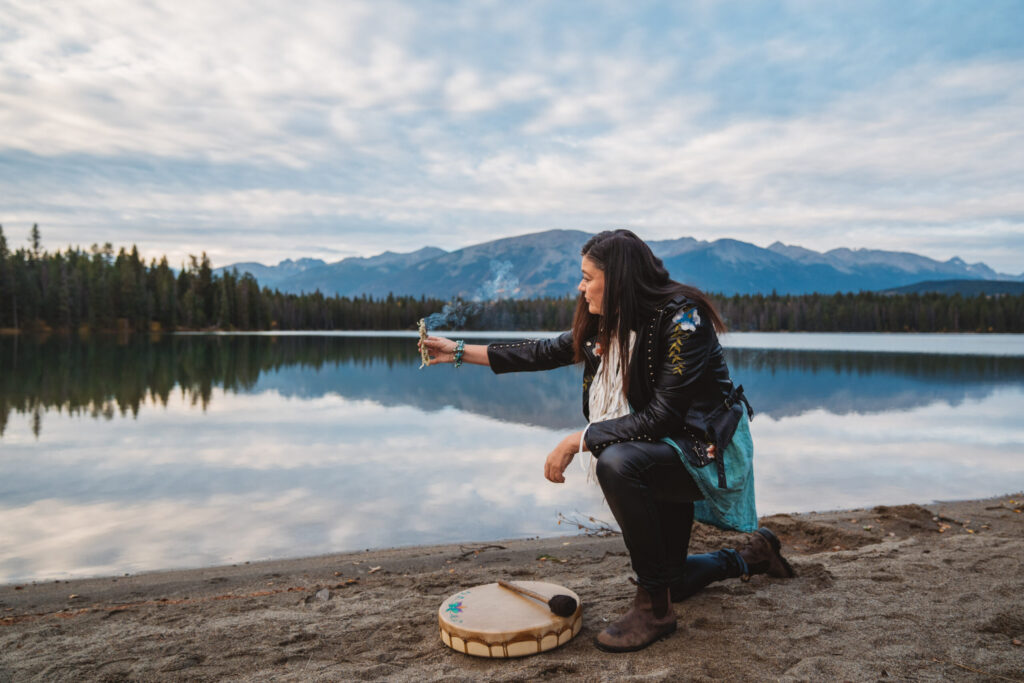
As an Indigenous person, Bauer told me she is able to forage in Canada’s national parks. When she holds these walks, her guests are able to partake of the things she forages for. I felt lucky to be one of them. She pointed out a shrub of juniper berries to me and handed me a few, which I ate on the spot. The taste of fresh juniper berries was incredible—anyone who’s had gin would recognize the peppery, piney, slightly sweet, citrus, fruity taste. As she pointed out all the edible weeds, flowers and berries around us, I became in awe that the woods were such an abundant food source. Logically, of course I knew there was food here. But I couldn’t conceive of just how much. “People don’t view what’s in nature as something that’s accessible to them,” says Bauer. “And that’s a real breakdown in communication because Indigenous people for 10,000 years were hunters and gatherers. This convenient way of receiving our food in cans, boxes and plastic is not a natural way that people have been receiving food for, for thousands of years.”
At the end of our walk, Bauer led me to some tables in a clearing and told me we were going to be making our own medicine—pine bud salve. “Traditionally, people call this Balm of Gilead,” says Bauer. “It’s been around for centuries in other cultures as well. But in Indigenous culture, we just use it as a healing salve. It’s almost like a trippy triple antibiotic bomb.”
As she showed me the Vitamin C-packed pine buds languishing in a mason jar of sunflower oil, the extract a sharp, evergreen smell, she told me why this was such effective medicine. “Pine bud is the embryonic powerhouse of the poplar bud, and we have to be careful how we harvest it because it’s the part that becomes the leaf,” she says. “But the tree is doing everything that it can to put all of the medicine into that little tiny bud. So when you pick that bud, it has antibacterial and antimicrobial properties, and it’s also an incredibly strong preservative.”
Then Bauer had me shave off some beeswax from a block with a heavy knife. We cooked it with the pine bud extract on a camp stove, right there outside, and I left with my own pine bud salve, which Bauer told me would be ideal medicine for the skin, including scars and inflammation, and that it would also be good for the ends of my hair. I welcomed all its uses, because in the dry mountain air of the Canadian Rockies, both my skin and my hair needed it.
As I waved goodbye and thanked her for the experience, I sat outside a few minutes longer. I had been in Jasper for three days, hiking and exploring. But after our walk, I looked at our surroundings with a perspective so altered that I felt it in my body, not just my mind. I didn’t just see a town surrounded by mountains and forest. I saw a town surrounded by food and medicine from the forest itself, and I saw the rich traditions of Indigenous people who, for thousands of years, managed this land with their expertise. I saw survival, community and sustenance, not just a gorgeous vista. I longed for a future with increased recognition of Indigenous sovereignty—over this land, over its bounty and over their nations. And above all, for all of us, I wished for greater sovereignty over our bodies, for the chance to choose our best diets and medicine to thrive.



